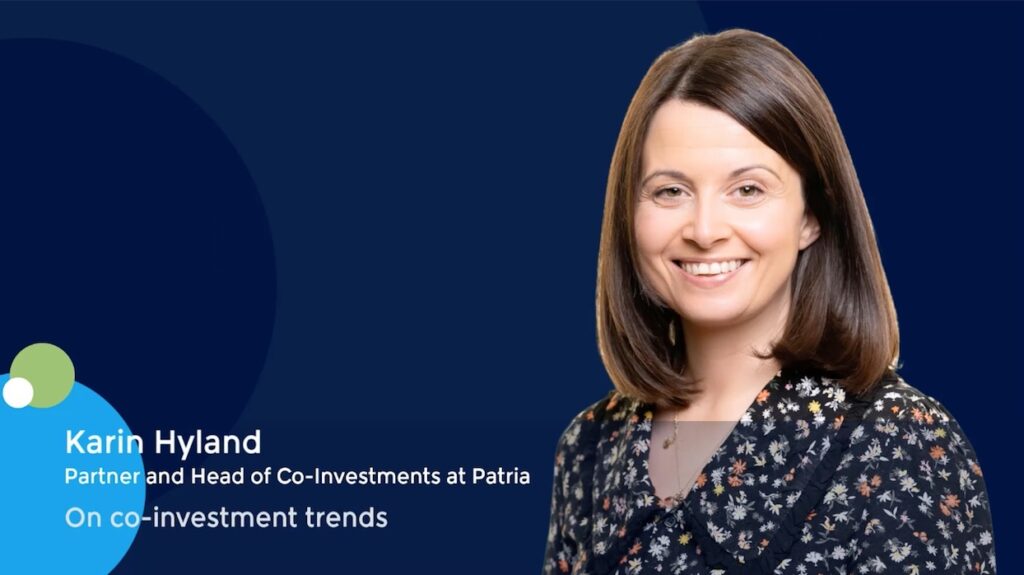Direct style sponsors bring more capital, drive more bespoke solutions in CV market
An influx of capital from traditional buyout firms is reshaping the GP-led secondaries market. Well-resourced and armed with deep capital reserves and a direct investment mindset, these new entrants are bringing increased specialization, as well as bespoke deal structures.
Warburg Pincus and New Mountain Capital are among the latest big names to launch secondaries strategies. Several are raising their first dedicated funds. Last year, TPG and Accel-KKR achieved final closes of USD 1.9bn and USD 2.2bn, respectively. Leonard Green is currently in the market with its Sage Fund and had received USD 2.3bn in commitments as of August, according to a regulatory filing.
“An influx of blue-chip managers in the market means unprecedented levels of capital, and that also means more interest from sponsors to leverage GP-led transactions as a tool,” said Amanda Butler-Jones, a partner in Proskauer’s private funds group.
For the most part, these new entrants are targeting single-asset continuation vehicles (CVs), which accounted for 44% of all CVs in 2024, according to Evercore. This share fell to 38% in 1H25, but absolute volumes shot up year-over-year. Evercore attributed this to robust demand for top-quality assets.
In many ways, single-asset CVs play to the strengths of direct-style investors over traditional secondaries players, industry participants told Mergermarket. “It is not that secondaries firms didn’t have that approach at all, but a more M&A-style approach to CV transactions as a whole seems to be taking root,” said Sean Hill, a partner in Kirkland & Ellis’ investment funds group.
Moreover, many traditional secondaries investors cut their teeth as generalists when the focus was primarily on larger LP-led transactions. Many carried this approach, which tends to be top-down and driven by price arbitrage, into the GP-led space. By contrast, new entrants draw from a classic buyout playbook, which emphasizes deep diligence on target companies and sector-specific expertise.
“They can underwrite assets and sectors where they may have more expertise than a traditional secondary fund,” said Gerald Cooper, co-head of secondaries advisory at Campbell Lutyens. “That’s leading to enhanced competitive dynamics and a broader cross section of deals that can clear the market.”
What’s old is new again
Some direct-style GPs have made clear they’ll rely on sector expertise in deal selection. Accel- KKR, for example, is focusing on secondaries involving software companies, leveraging its technology experience. Last year, it backed CVs for two Germany-based assets managed by LEA Partners, Zvoove and OneQrew.
Adam Weinstein, COO of New Mountain Capital, told Mergermarket the firm’s dedicated sector teams, which span 12 verticals the firm focuses on in buyouts, drive investment decisions while closely collaborating with the secondaries team to get transactions over the line.
“Our sector-focused investment teams will lead discussions with the sponsor about the company, and analyze and diligence it, just like in a private equity control deal,” Weinstein said of his firm’s approach. “It’s an integrated effort, with the secondaries team taking point on negotiations around transaction structuring and other key matters.”
The emphasis on specialization is influencing the CV market in other ways as well. Historically, secondaries investors often underwrote deals based more on the quality of the manager rather than assessments of the asset. Some industry participants believe the arrival of more buyout specialists could lead to a shift towards more of an “asset-first” mindset.
Veena Isaac, a partner and co-head of Apollo Global Management’s sponsor and secondary solutions (S3) platform, countered that the GP still matters, however. This is because even in a lead role, secondaries investors are at best passive participants.
“Whether you are part of a direct platform or not, you are partnering with a control GP,” said Isaac. “You also need to have an ability to underwrite the GP that you are partnering with because –– unlike in direct deals where you’re buying the asset and have control –– you do not have control in these transactions.”
Tailored approaches
The broader GP-led secondaries story charts a movement from the margins to the mainstream. Ten years ago, CV didn’t feature in the industry vernacular; these transactions were the option of last resort for distressed or hard-to-sell assets – pursued, in some cases, by distressed GPs. The negative stigma was unmistakable.
More recently, CVs have become a way for managers to extend their ownership of trophy assets, not just a means of buying time to fix troubled ones. Providing liquidity for LPs remains a priority, but transactions are often underpinned by a growth narrative.
One increasingly used structure is an unfunded commitment to support such growth initiatives. For example, it featured in a CV for Court Square-backed PlayCore – lead investor Leonard Green agreed to provide incremental commitments that will bankroll M&A, among other things.
With new entrants arriving, this trend may accelerate. The added padding of unfunded commitments can offer multiple benefits. Not least, they can act as “rainy day insurance” in downside scenarios, according to Nick Lawler, head of secondaries at Churchill Asset Management.
“We want to make sure that if we have unfunded equity, it’s either utilized or released, so we’re not sitting on dead capital,” he added “But having it here and available is very helpful in our view.”
Lawler observed that midlife capital solutions are increasingly needed in single-asset CVs, although managers must demonstrate a clear need. Churchill prioritizes situations where value creation plans are already being executed and delivering tangible results. “If the value creation plan has been moving from X to Y, then we want the next phase of to be very consistent,” Lawler said.
These use cases point to another step change in GP-led secondaries. One secondaries-focused banker described the next generation of CVs as “solutions-based capital,” far removed from their origins.
Still, bespoke structuring isn’t new. Apollo’s Veena Isaac noted that creativity has long existed in the space, but the scale is now far greater. “The secondary buyers doing these deals 10-15 years ago were largely sourcing and structuring the deals themselves, so there was a fair amount of creativity,” she said. “It just was not at the scale of deal volumes you’re seeing today.”
Newer entrants are adapting by offering a broader suite of solutions. Apollo, which closed its debut secondaries fund on USD 5.4bn in May, now provides liquidity tools like net asset value (NAV) loans and LP capital alongside writing checks for CVs.
This holistic approach is seen as reflecting the broader set of agenda behind GP-led transactions.
“We do think we will continue to see more creative structures and use cases as this market expands,” Isaac explained. “GPs now understand and are more comfortable with this market, so the breadth of solutions continues to widen.”












